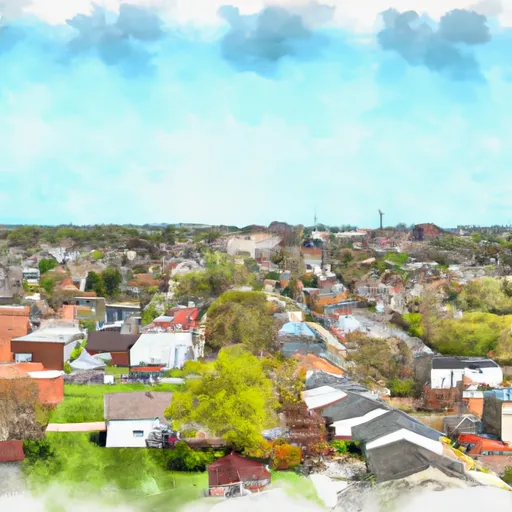°F
°F
mph
Windspeed
%
Humidity











South Amherst is a charming village located in Lorain County, Ohio. It experiences a humid continental climate with warm summers and cold winters. The average high temperature in summer ranges from 80-85°F, while winter temperatures can drop as low as 20-30°F. Precipitation is evenly spread throughout the year, with an average of 40 inches annually.
Hydrologically, South Amherst benefits from its proximity to the Vermilion River, which flows through the village. The river provides opportunities for fishing, canoeing, and kayaking. It is home to various fish species, including bass, catfish, and walleye, attracting anglers of all skill levels.
Outdoor recreation enthusiasts can explore the nearby South Amherst Community Park, offering facilities such as baseball fields, playgrounds, and walking trails. The park is an excellent place for picnics, sports activities, and enjoying the natural surroundings. Additionally, the Lorain County Metro Parks provide access to beautiful hiking trails, scenic picnic areas, and wildlife observation opportunities near South Amherst.
Overall, South Amherst offers a pleasant climate, opportunities for water-based activities along the Vermilion River, and various outdoor recreation options for residents and visitors to enjoy.
Weather Forecast
South-Amherst receives approximately 965mm of rain per year, with humidity levels near 79% and air temperatures averaging around 11°C. South-Amherst has a plant hardyness factor of 6, meaning plants and agriculture in this region thrive during a short period during spring and early summer. Most plants will die off during the colder winter months.
Regional Streamflow Levels
55
Cubic Feet Per Second
136
Cubic Feet Per Second
93
Cubic Feet Per Second
8
Cubic Feet Per Second
Nearby Camping
| Camping Area | Reservations | Toilets | Showers |
|---|---|---|---|
| Lorne C. Henderson Con. Area | |||
| Two Creeks - Wheatley Provincial Park | |||
| Boosey Creek - Wheatley Provincial Park | |||
| Middle Creek - Wheatley Provincial Park | |||
| C. M. Wilson Conservation Area |



